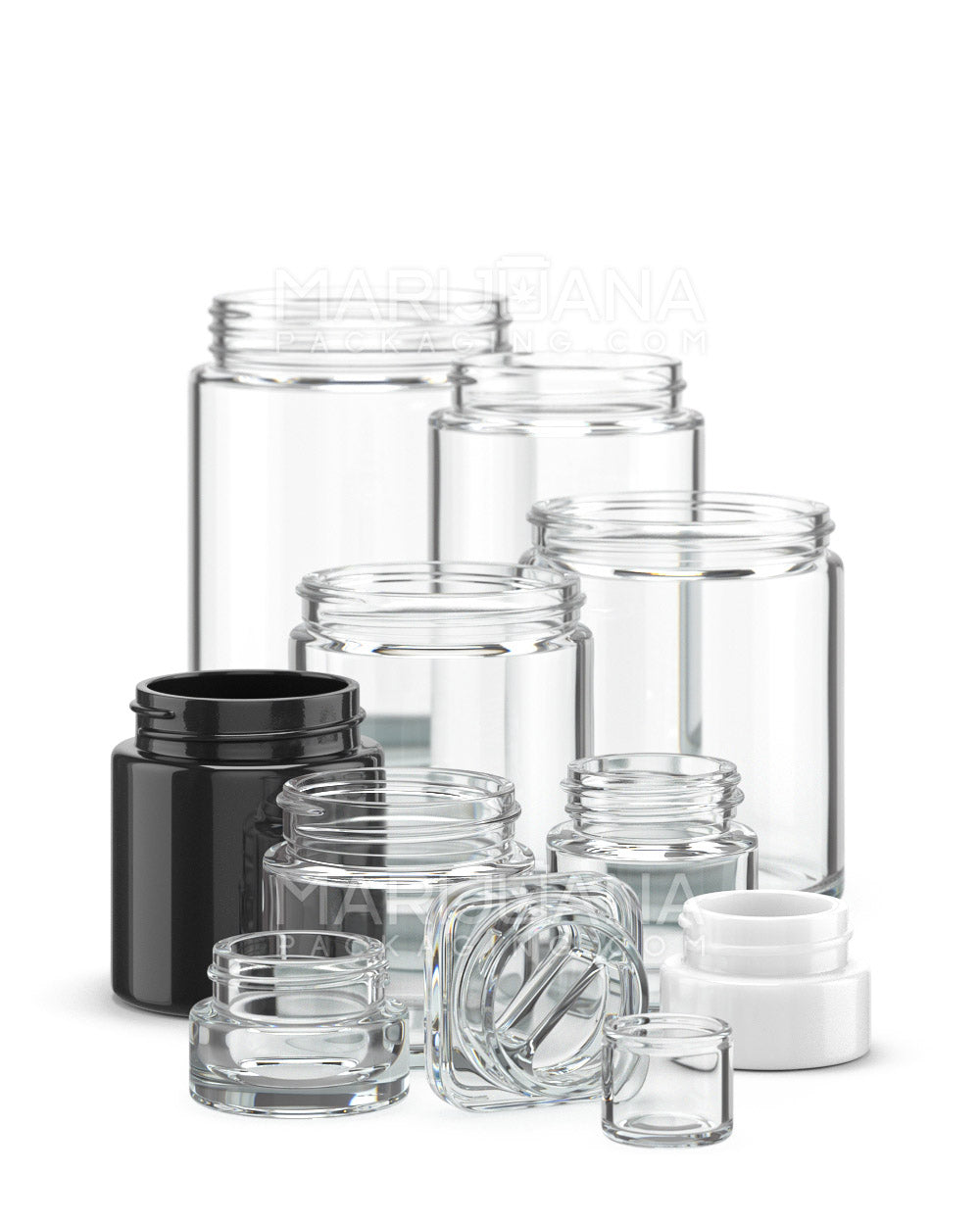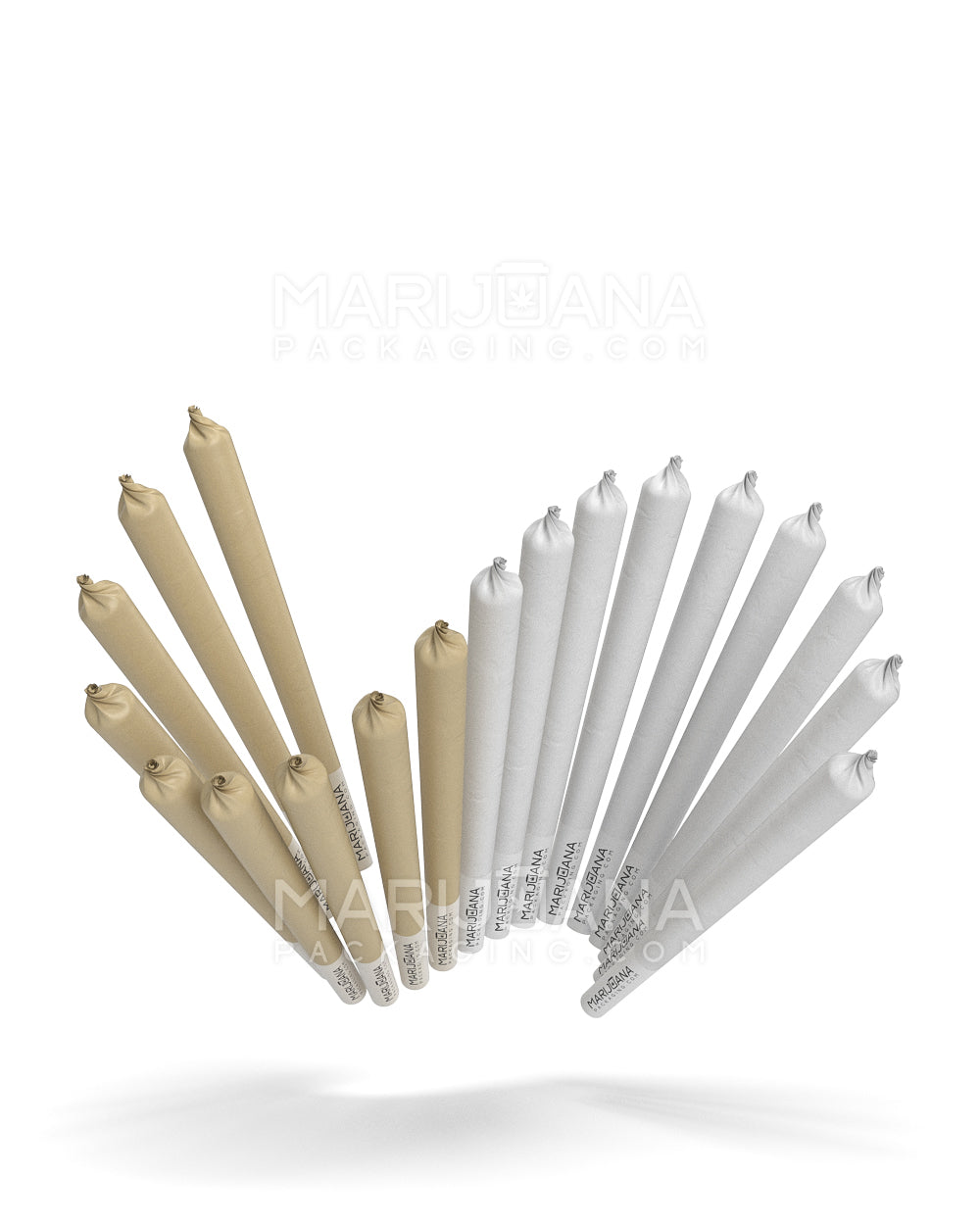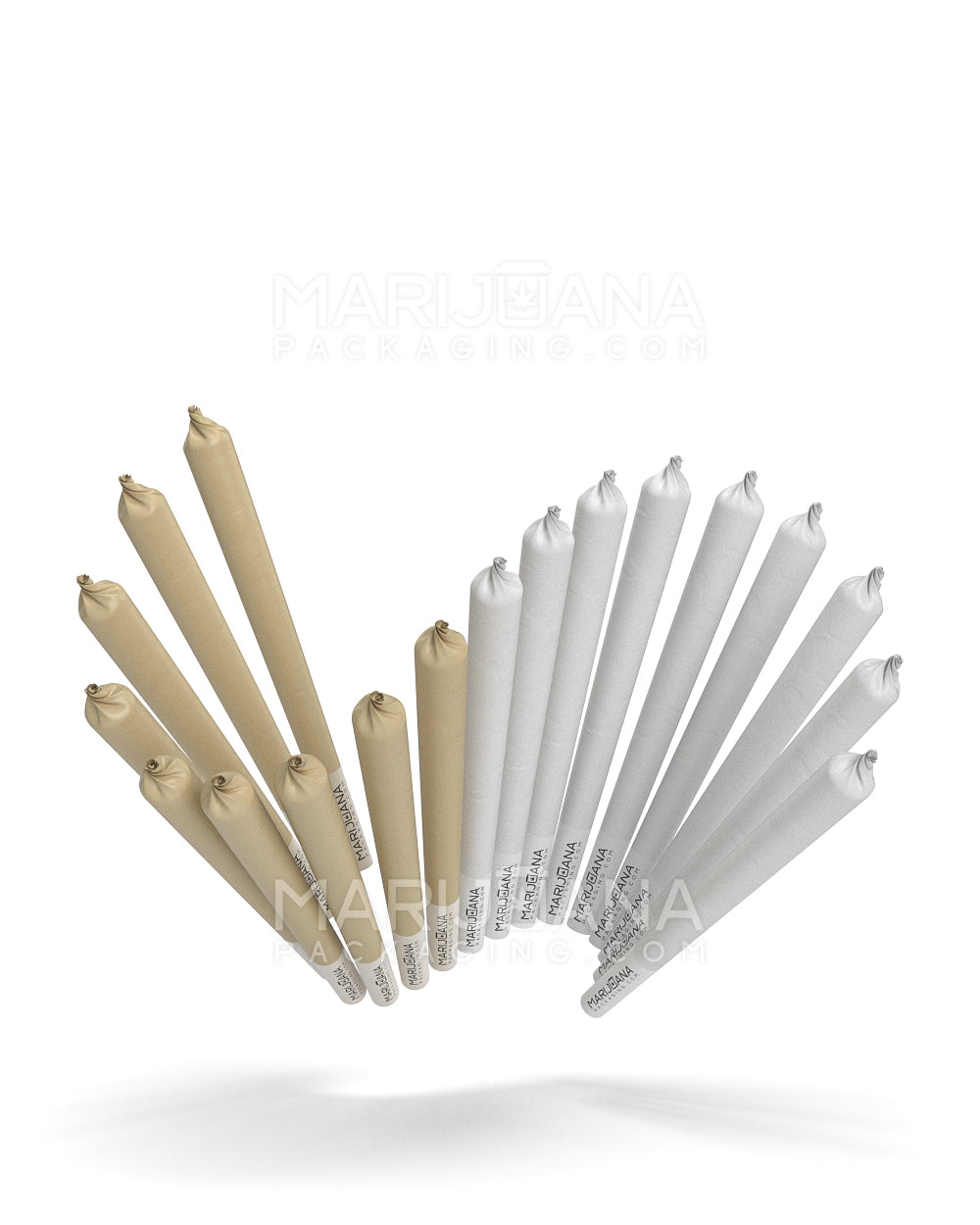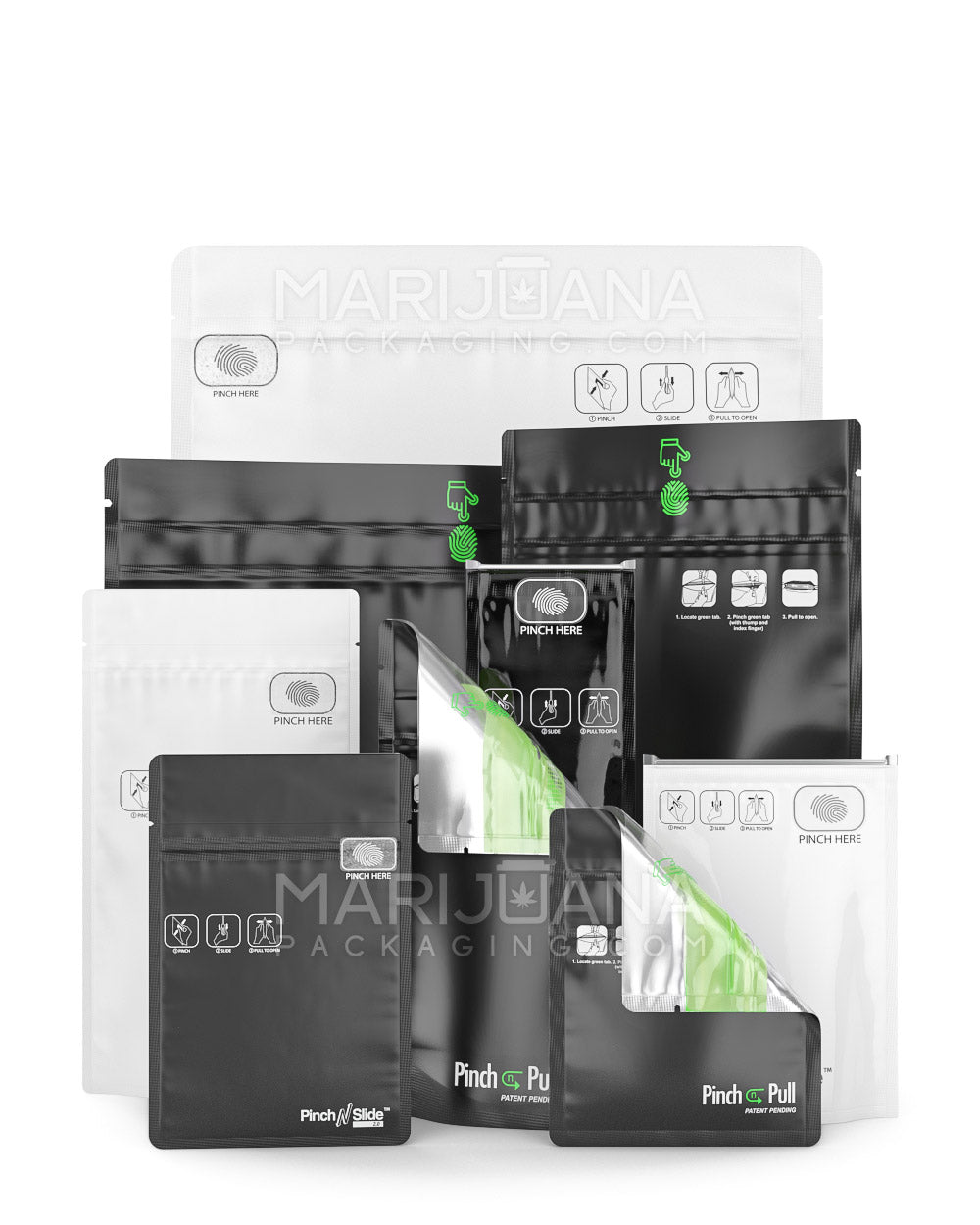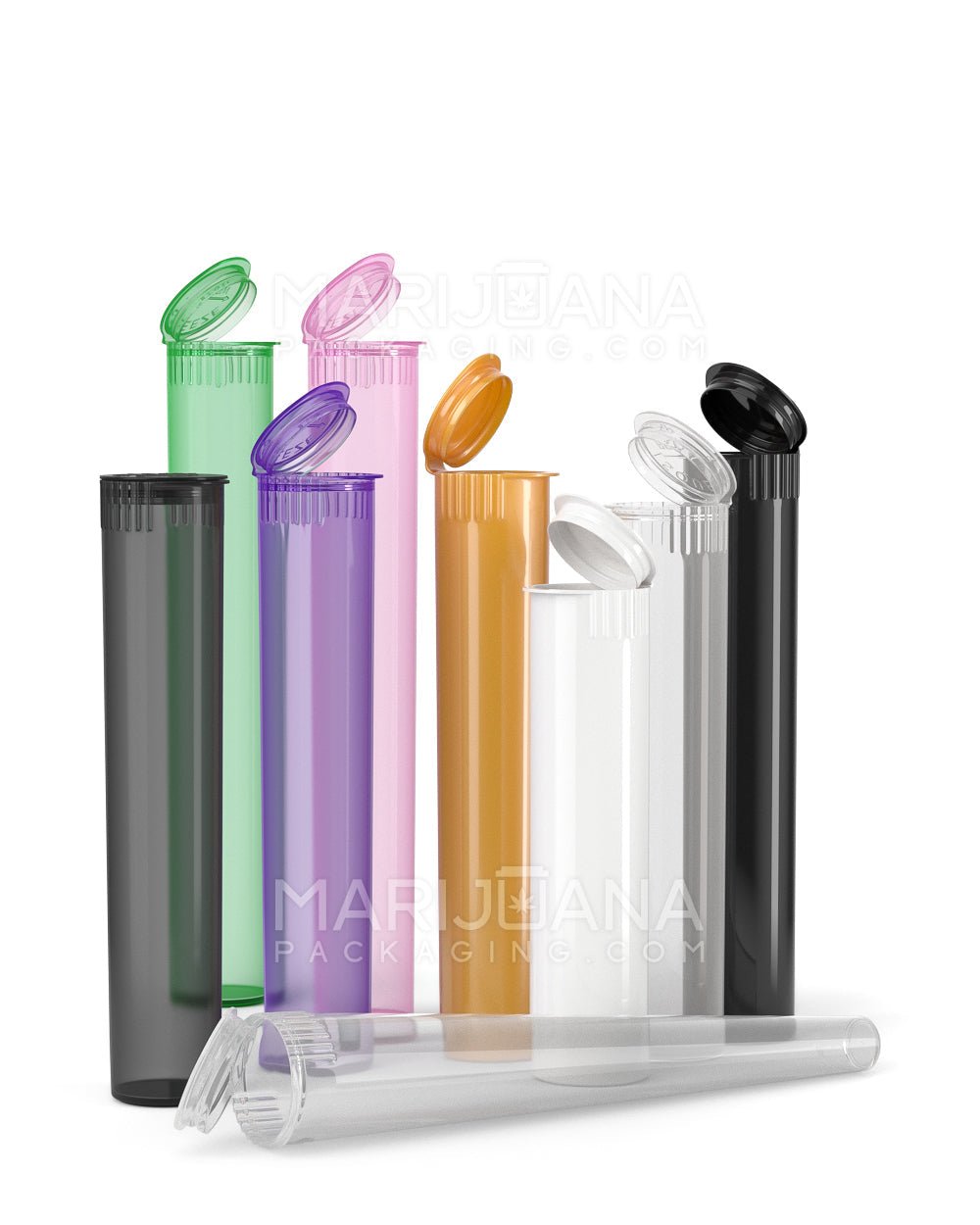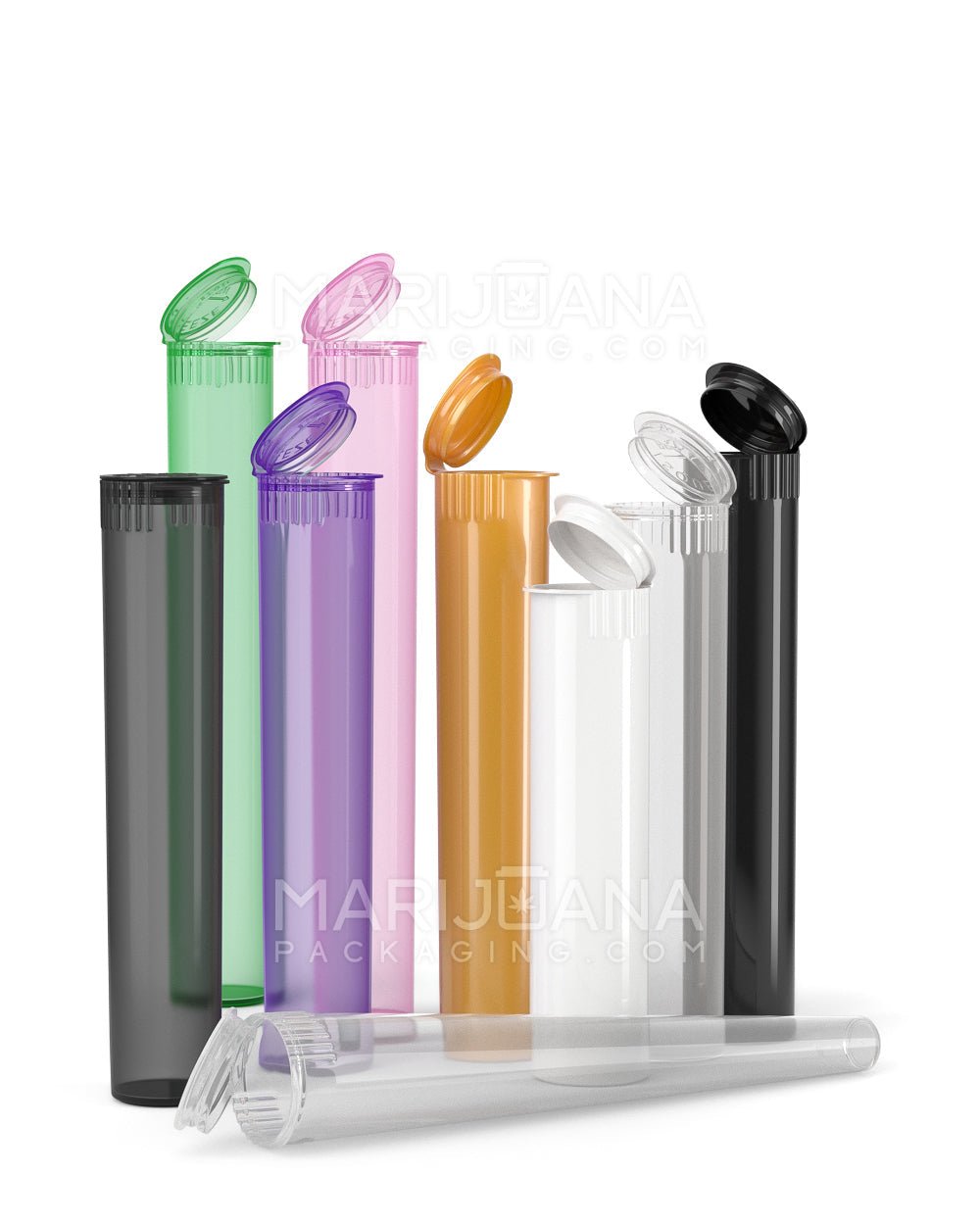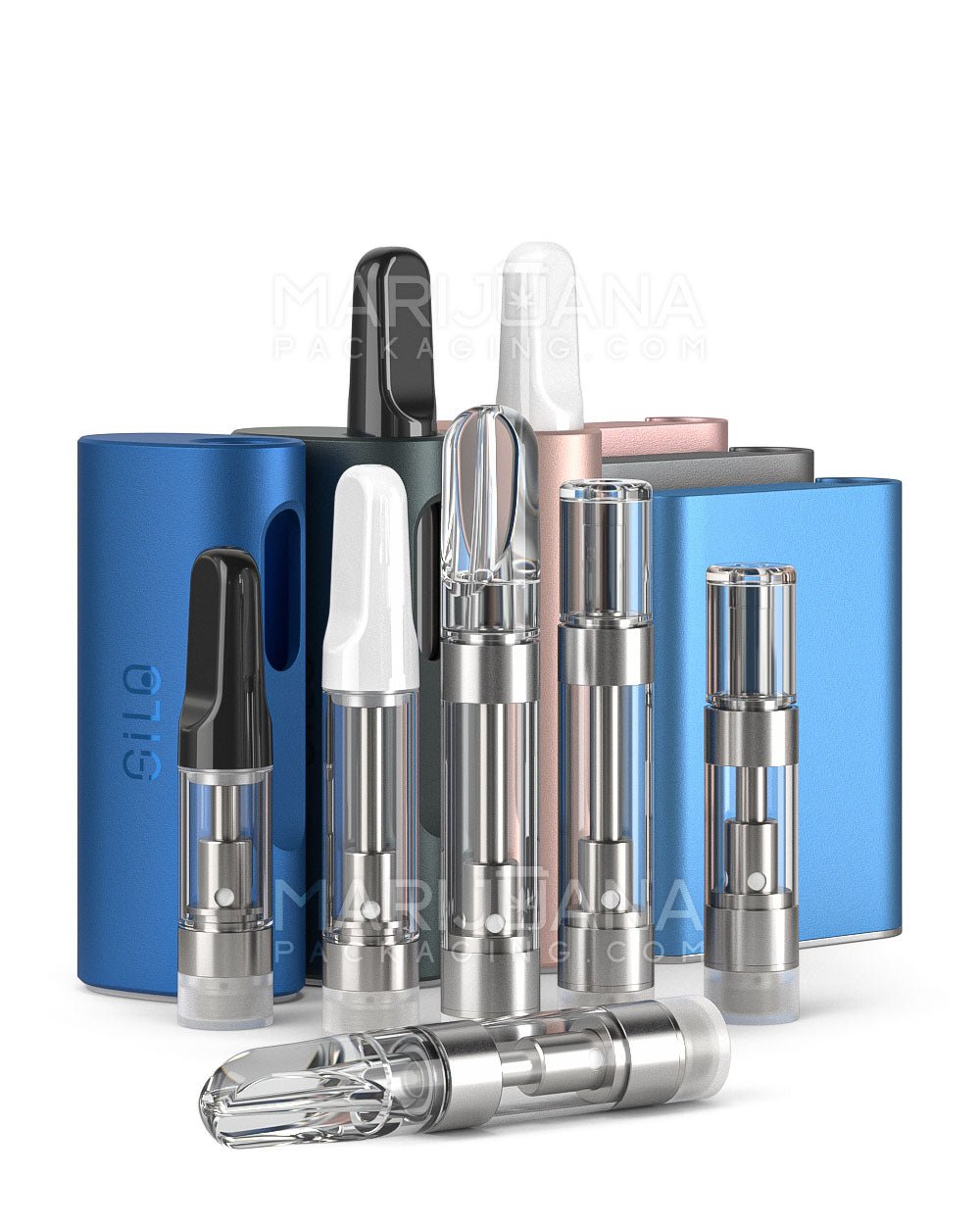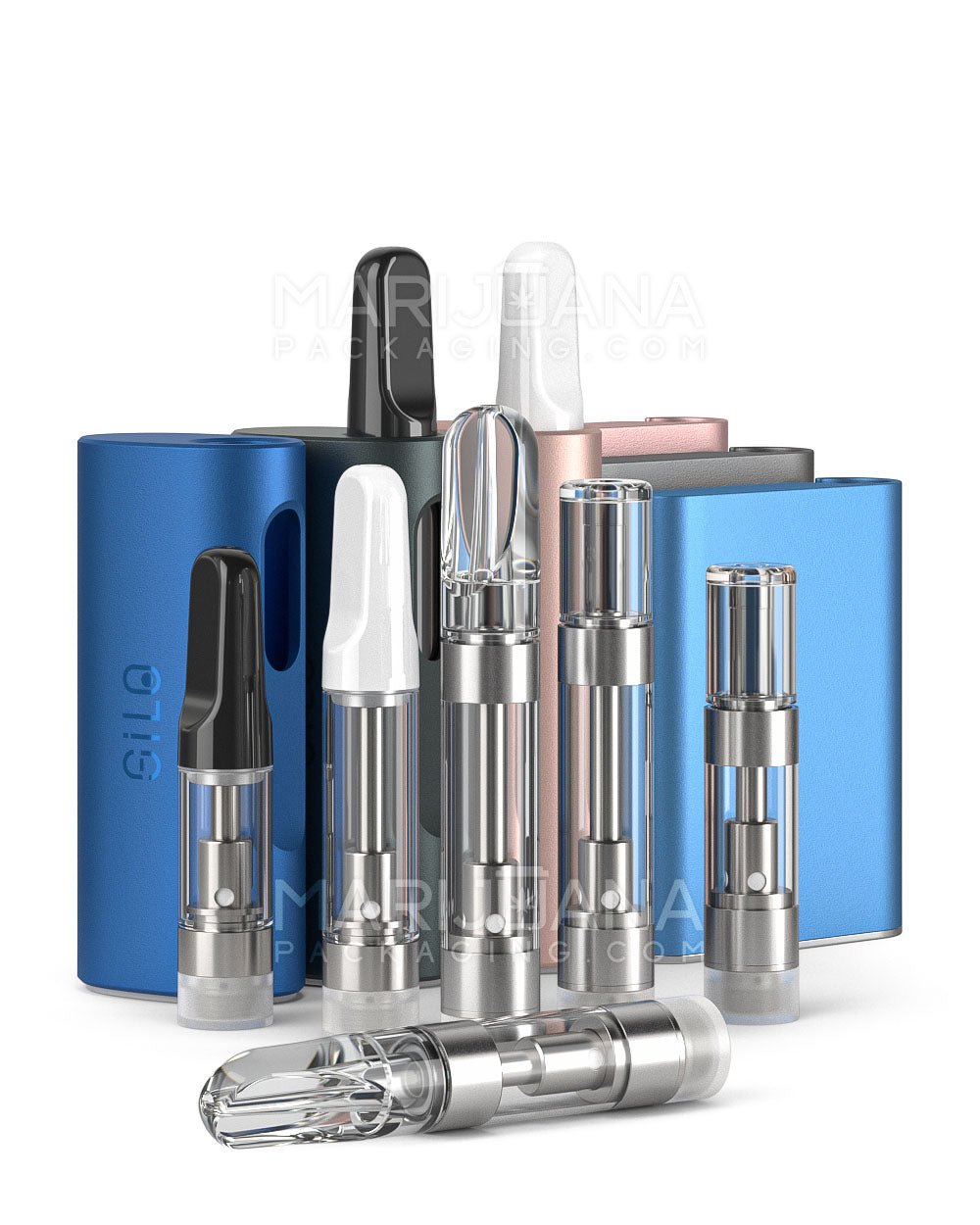Growing marijuana can feel like a journey with several stages, each critical to the eventual yield and quality of your crop. The vegetative stage, in particular, plays a vital role in establishing strong and healthy plants ready for flowering. But how long should this phase last, and what can you do to get the most out of it? Let's break it down and explore what the vegetative stage entails.
In this article, we'll cover everything you need to know about the marijuana vegetative stage, from its typical duration to the factors that might affect its length. We'll also share some practical tips to help you optimize this growth stage, ensuring your plants are robust and ready for the flowering phase.
What is the Vegetative Stage?
The vegetative stage is a critical period in a marijuana plant's life cycle when it focuses on growing leaves, stems, and roots rather than flowers. During this time, the plant builds its structure, which will support the buds later on. This phase begins after the seedling stage and before the flowering stage, and it’s all about growth and development.
Think of it like the teenage years of your plant's life—it's all about getting bigger and stronger. During the vegetative stage, the plant absorbs sunlight (or artificial light) and converts it into energy for growth. This is when you'll see the most noticeable increase in size and foliage.
Typically, the vegetative stage lasts anywhere from three to sixteen weeks, depending on several factors. The duration can be influenced by the strain of marijuana, the growing conditions, and the cultivator's goals. We'll delve deeper into these factors shortly.
Factors Affecting the Length of the Vegetative Stage
The length of the vegetative stage isn't set in stone. Various elements can influence how long this phase lasts:
- Strain Type: Some strains naturally have longer vegetative stages. Sativa strains, for instance, often spend more time in the vegetative state compared to Indica strains.
- Growing Environment: The conditions in which you grow your plants—such as lighting, temperature, humidity, and nutrients—can significantly impact the duration of the vegetative stage.
- Grower's Objectives: Depending on whether you're growing for personal use or commercial purposes, you might choose to extend or shorten the vegetative phase to meet your goals.
- Plant Health: If your plant experiences stress or poor health, it might need more time in the vegetative stage to recover and grow strong enough before flowering.
Understanding these factors can help you make informed decisions about how long to keep your plants in this stage. Let's explore each factor a bit more to see how they come into play.
Strain Selection and Its Impact
Choosing the right strain is a bit like choosing the right pet—it depends on your space, lifestyle, and preferences. Different strains have varying growth patterns and timelines. Sativa strains are known for their uplifting effects and tend to have longer vegetative and flowering stages. They grow tall and require more space, making them ideal for outdoor growing or indoor setups with ample headroom.
Indica strains, on the other hand, are typically shorter and bushier. They have a shorter vegetative stage and are often preferred for indoor grows where space is limited. They also tend to mature faster, which can be beneficial if you're looking to harvest sooner.
Hybrid strains, which combine elements of both Indica and Sativa, offer a middle ground. These can vary widely in their growth patterns depending on which traits are dominant. Understanding the characteristics of your chosen strain can help you plan your grow cycle more effectively.
Optimizing the Growing Environment
A healthy growing environment is essential for a successful vegetative stage. Think of it like creating the perfect home environment for your plants. Here’s what to consider:
- Lighting: During the vegetative stage, marijuana plants thrive with at least 18 hours of light per day. Some growers opt for 24-hour lighting to maximize growth, while others stick to an 18/6 (light/dark) cycle to give plants a rest period.
- Temperature and Humidity: Aim to keep temperatures between 70-85°F (20-30°C) during the day and slightly cooler at night. Humidity levels should be higher during the vegetative stage, around 40-70%.
- Nutrients: Provide a balanced mix of nutrients, with a focus on nitrogen-rich fertilizers to support foliage growth. Be mindful of overfeeding, which can harm your plants.
- Air Circulation: Good airflow helps strengthen stems and prevents mold and pests. Use fans to keep the air moving around your plants.
By paying attention to these factors, you create an environment where your plants can thrive and develop strong structures for flowering.
The Role of Training Techniques
Training techniques can play a significant role in the vegetative stage, helping maximize your plant's potential. These methods involve manipulating the plant's growth to improve light exposure and increase yields. Here are a few popular techniques:
- Topping: This involves cutting off the top of the plant to encourage it to grow more branches. This can lead to a bushier plant with more bud sites.
- LST (Low-Stress Training): Involves gently bending and tying down branches to create an even canopy. This technique maximizes light exposure and promotes uniform growth.
- Super Cropping: A more advanced technique that involves slightly damaging the plant to encourage stronger growth. It requires a delicate touch but can yield impressive results.
These techniques can be a game-changer in the vegetative stage, allowing you to shape your plants for optimal growth and productivity.
Signs Your Plant is Ready for Flowering
Knowing when to transition your plants from the vegetative stage to flowering is crucial for a successful harvest. Here are some signs that your plants are ready:
- Size: Your plant has reached the desired size. Remember, plants can double in height during the flowering stage, so plan accordingly.
- Maturity: Look for the development of pre-flowers, small hair-like structures that indicate your plant is sexually mature and ready to flower.
- Structure: A strong and healthy structure with thick stems and branches is a good sign your plant is ready to support buds.
Once you've identified these signs, you can adjust your light cycle to 12 hours of light and 12 hours of dark to initiate the flowering stage.
Common Challenges and How to Overcome Them
Like any gardener will tell you, growing marijuana isn't without its challenges. During the vegetative stage, you might encounter a few bumps in the road. Here’s how to navigate some common issues:
- Nutrient Deficiencies: Yellowing leaves can indicate a lack of nutrients. Ensure you’re providing a balanced diet, and consider testing your soil or growing medium.
- Pest Infestations: Keep an eye out for pests like spider mites and aphids. Regular inspections and using natural pest control methods can help keep these critters at bay.
- Overwatering: This can lead to root rot. Make sure your pots have good drainage and only water when the top inch of soil is dry.
By staying vigilant and addressing issues early, you can keep your plants healthy and on track for a successful flowering stage.
The Importance of Patience and Observation
Patience is a virtue, especially when growing marijuana. The vegetative stage is all about giving your plants the time they need to grow strong and healthy. Rushing this stage can lead to weaker plants and lower yields.
Spend time observing your plants daily. Look for changes in color, growth patterns, and overall health. This not only helps you catch potential problems early but also allows you to connect with your plants and understand their needs better.
Remember, each plant is unique, and taking the time to understand its growth can lead to a more rewarding cultivation experience.
Final Thoughts
The vegetative stage is a foundational period in the life cycle of marijuana plants. By understanding its nuances and optimizing the growing conditions, you can set the stage for a fruitful flowering phase and a bountiful harvest.
When it comes to packaging your final product, Gamut offers a full range of solutions to ensure your cannabis stands out. With over a decade of expertise, Gamut provides everything from stock options to custom designs, helping your brand make a lasting impression. Whether you need jars, bags, or containers, Gamut's full-scale packaging services cover all your needs, making the entire process seamless.











